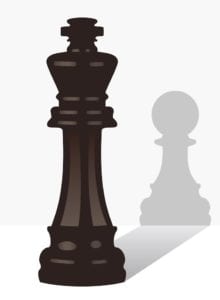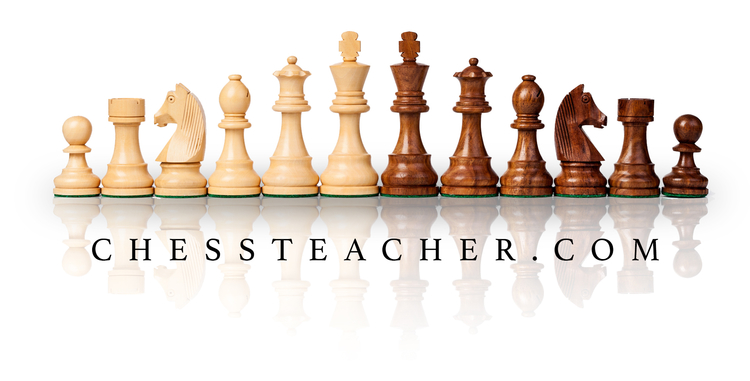Mastery of the Pawn Helps You Achieve Greater Chess Success
 The pawn is one of the most mysterious and hard-to-master pieces on the chessboard. Many new — and even moderately skilled — players may use their pawns poorly and never advance to the next level. However, the pawn is the backbone of chess strategy, and pawn mastery enhances your chance to become a skilled chess player who wins matches and tournaments.
The pawn is one of the most mysterious and hard-to-master pieces on the chessboard. Many new — and even moderately skilled — players may use their pawns poorly and never advance to the next level. However, the pawn is the backbone of chess strategy, and pawn mastery enhances your chance to become a skilled chess player who wins matches and tournaments.
Pawns Provide Surprising Strength
Players often mistake the pawn’s limited power as a weakness and don’t realize the real strength of the piece. While the pawn cannot move very far and attacks in a strange manner, these attributes are what gives the piece so much of its unique power. Knowledge of how to properly use this strength is crucial to your success.
For example, you can use the pawn to protect your high-powered pieces and make your opponents less likely to attack the high-powered pieces. In this way, you can control broader areas of the board, limit your opponent’s movement, and improve your overall chances of success.
Pawns Can Be an Opponent’s Roadblock
Pawn movement and position is one of the toughest elements to master in a successful chess strategy. Skilled players know how to create pawn formations that control most of the board and provide a roadblock that your opponent will struggle to overcome during a match.
For example, you can position your pawns along white diagonals to block the movement of their white-square bishop. This blockage makes it harder for them to utilize this powerful piece. Focus your pawn structure in ways that limit your opponent’s most powerful pieces. Also, make sure that your pawn structure has multiple defenders to keep it secure and stable.
Pawns Develop Your Other Pieces
While the early stages of a chess game focus heavily on pawn movement, the mid to late stages of a chess game require proper management of your more powerful pieces. However, only adequate pawn management and strategy makes it possible to develop your other pieces successfully.
For example, you may have a surprise checkmate lined up along a vertical row with a protected rook but cannot pass due to an opponent’s pawn. Sacrifice your pawn — or even more powerful pieces — to draw this guard away and to open up your sudden checkmate and to win the game.
Pawns Upgrade to Better Pieces
During the late stages of the average well-matched chess game, you and your opponent will likely be down to your kings and a handful of other pieces. Try to make sure that at least one or two of your pawns survive to this late stage. Plan for this eventuality in the mid-game to improve your chances of success.
For example, you and your opponent may have a knight, a bishop, and a pawn to work with at the end of a game. Do whatever you can to get your pawn to the other side of the board to advance it to a queen. You may be attached to your knight and bishop in this situation but usually must sacrifice them to promote your pawn.
Just as importantly, you need to eliminate your opponent’s pawns to ruin their chances of success. Even if you have to sacrifice more powerful pieces, you must remove these pawns — while you advance your own up the board — to be in a stronger position to get a queen and win the game. Often, your opponent will resign if your pawn promotion is inevitable.
Pawns Require Skilled Training to Master
By now, you should have a better idea of why pawns matter so much to your chess game. The proper mastery of this piece with online chess lessons, will give you a better chance to learn true chess skills and enhance your game in a multitude of ways. So if you’re ready to learn more about pawns and how to use them, please don’t hesitate to contact us at Chess Teacher to learn more.
